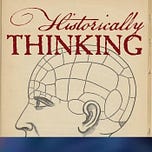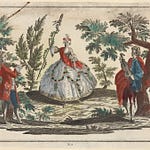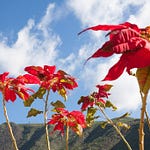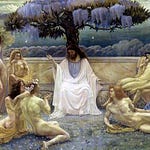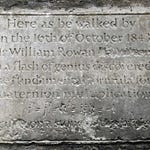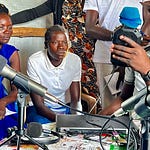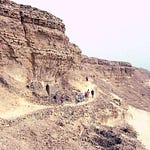Originally published on September 24, 2025 (Episode 425)
Introduction
Mount Fuji is at once instantly familiar and seemingly immutable, yet it always remains strange and changeable. Its postcard-perfect peak is known around the world as a wonder of nature and a symbol of Japan. But behind that outline lies a far more complicated history.
Over the centuries, Fuji’s eruptions devastated farmland and terrified villagers. Revered as a sacred presence, its divine inhabitants changed with shifts in belief and power. Once locally known, Fuji later became claimed as a national emblem, its slopes inspiring poetry, painting, and pilgrimage—and serving as the stage for political and economic disputes.
In Fuji: A Mountain in the Making, Andrew Bernstein traces this layered story from the mountain’s surprisingly recent geological beginnings to its recognition as a World Heritage Site. The result is a portrait of a place both familiar and unsettled: a mountain still in the making, continually remade by the humans who live with it, use it, revere it, and visit it.
About the Guest
Andrew Bernstein is Professor of History at Lewis & Clark College in Portland, Oregon. His research interests span Japanese and environmental history, shaped by what he calls “a fundamental concern for how humans struggle to build and maintain connections to the past in the midst of radical change.” He is the author of Fuji: A Mountain in the Making (Princeton, 2025).
Listen & Discuss
What surprised you most about Fuji’s history—as a volcano, a sacred site, or a national symbol? How does a landscape become part of a nation’s identity? Share this episode with a friend who’s climbed Fuji—or dreams of it.
For Further Investigation
Andrew Bernstein, Fuji: A Mountain in the Making (Princeton, 2025)
UNESCO World Heritage Centre: Fujisan, sacred place and source of artistic inspiration
Fujizuka: James Singleton, “Tokyo’s Little Mount Fujis”, February 11, 2017, nippon.com
Related Episodes
“Environmental History” — in the twelfth episode of the podcast, recorded many years ago, my former colleague Brian Leach explains the basics about environmental history. There is a really good reading list as part of the “For Further Investigation” section.
“Ruin Nation”— another environmental history episode, giving us a new look at the seemingly familiar; Megan Kate Nelson explains the environmental consequences of the Civil War
“Chesapeake Bay Sea Monster” — the Chesapeake Bay is the equivalent of Fuji for some of us on the eastern seaboard of North America. Eric Cheezum argues that a series of “sightings” of a “sea monster” had a lot to do with Suburbia intersecting with Rural.

